Eight Budding Designers in China
A group of innovators who think and create both traditionally and globally

by Stefano Caggiano
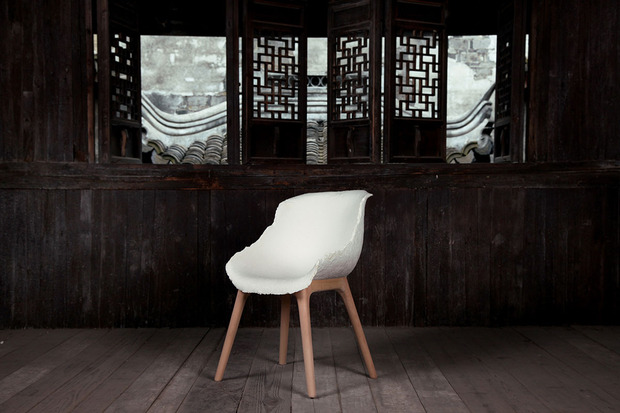
China is often considered the “factory” of the world, but as the world’s most populous country is growing at such a rapid rate—in all ways—those beliefs are surely bound to be recognized as old-fashioned soon. One realm in which the country’s continued progression is evident is design—Chinese designers are showing an increasing ability at owning innovation, function and aesthetics.
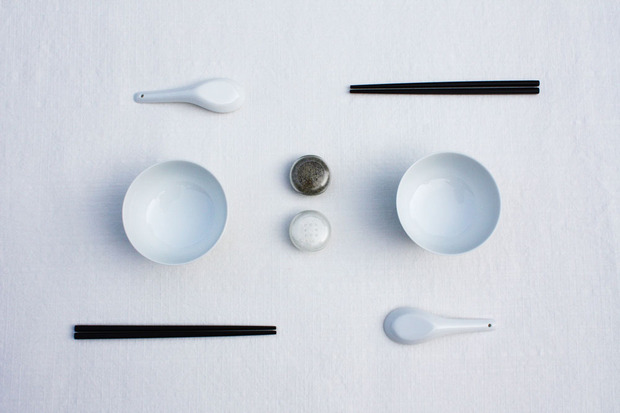
On the one hand, what’s going on in Chinese design now is similar to what happened in Western design some years ago. On the other hand, many young Chinese designers are skipping all kinds of steps previously taken, and jumping directly into global design. David Hu explores Chinese philosophy with an introspective slant in order to carve out a specific identity and individuality in the midst of chaotic changes affecting his country. His spice dispensers are focused on the traditional importance of health and prosperity and, while being artfully designed, are made to blend in—rather than disrupt—the “‘re nao’ (festive) atmosphere” of a family meal. The Yeh Design Lab founded by Yi-Hsiu Yeh bridges architecture and fashion by exploring the roles of small-scale wearable objects.
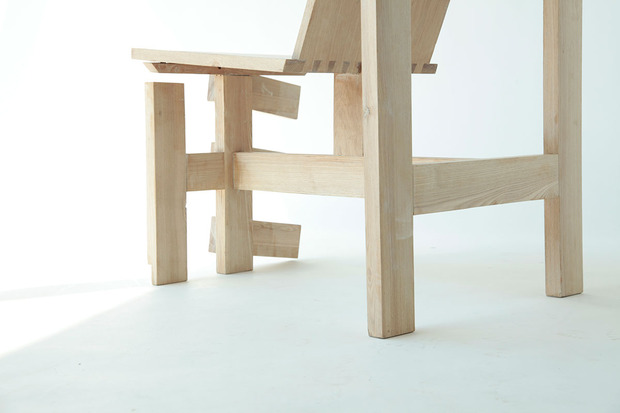
Stephany Zoo of Bundshop—an agency devoted to bring independent Chinese designers into the world—explains, “As a lot of theses designers are growing in such a mass-manufactured and often wasteful society, they see their work as a response or even a bit of rebellion to that. There is a very interesting and slightly ironic insurgence of Chinese individualism in the design. They want their customers to have something that basically nobody else has. Perhaps this is a move in the direction of luxury as well.”
Like their peers all over the world, young Chinese designers are part of the first internet generation of designers—a cross-cultural group that speaks an ever-varying design language fueled by each other’s otherness. The importance of cultural roots and local heritage is strong, because while designers focus on their own traditions in contemporary pieces, these same pieces are—from their inception— planned to be viewed and used overseas.

Chris Wang believes that a chair has to “evoke a sense of belonging in a home,” and he uses the Chinese ideogram for “home” to design an open structure—as opposed to the archetypal chair, using traditional mortise-tenon connections. Hailing from Taiwan, Sharon Hung examines the role of social identity between collectivism and individualism with her “Self-Initiated” project. “Our identity today is heavily marked by consumerism and material values,” she explains, “What if our social identity is not represented by objects we own, but by markings on our skin?”
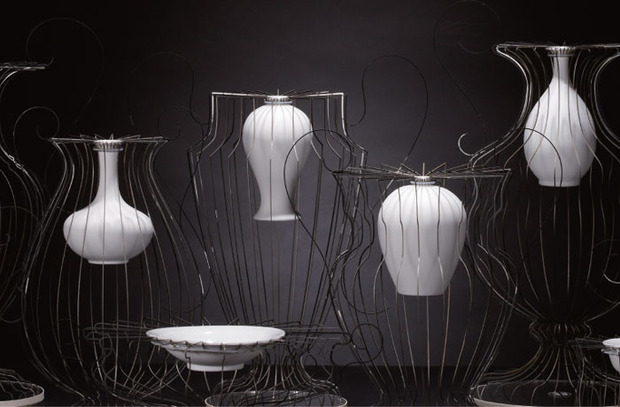
In this new sphere of design, people of different cultures bring a dowry of “otherness” which triggers a vibrant and fresh energy, which is then used to fuel projects on a global scale. “Reborn” by Lin Wei-Teng is a collection of porcelain urns caged in metal wire structures that make the overloaded Eastern vases looking like Western “digital ghosts.” Jing Tao is interested in pieces of furniture that “should be easily ignored by the user,” and the PINWU design studio has spent four years extensively researching Yuhang’s traditional materials to make very fine objects.
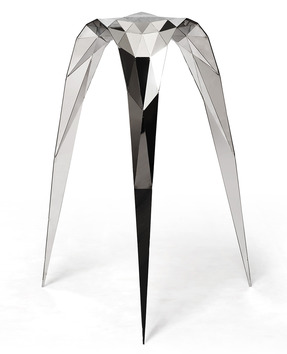
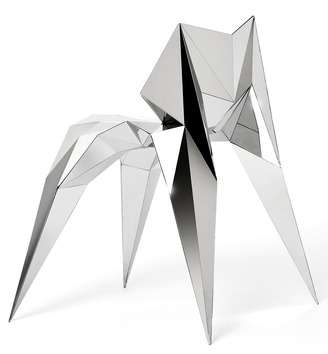
With traditional fine art training in the Chinese countryside and a degree from London’s Central Saint Martins College of Arts and Design, Zhoujie Zhang founded his digital laboratory in Shanghai by fusing algorithmically generated design with handmade craftsmanship to explore how parametric design integrates with Wu Wei, a principle of Taoism philosophy meaning “actionless.” For each project he encodes a series of rules through software that generates the most logical shape for the given limitations. Having seen how many designs are stolen and mass-produced due to weak intellectual property rights in China, Zhoujie will launch his “Digital Vassel” project on Kickstarter, in an effort to be a part of the USA design community and truly get his digital revolution started.
Wooden chair image courtesy of Chris Wang, vase image courtesy of Lin Wei-Teng, digital chair images courtesy of Zhoujie Zhang, salt and pepper image courtesy of David Hu, bamboo chair image courtesy of PINWU












